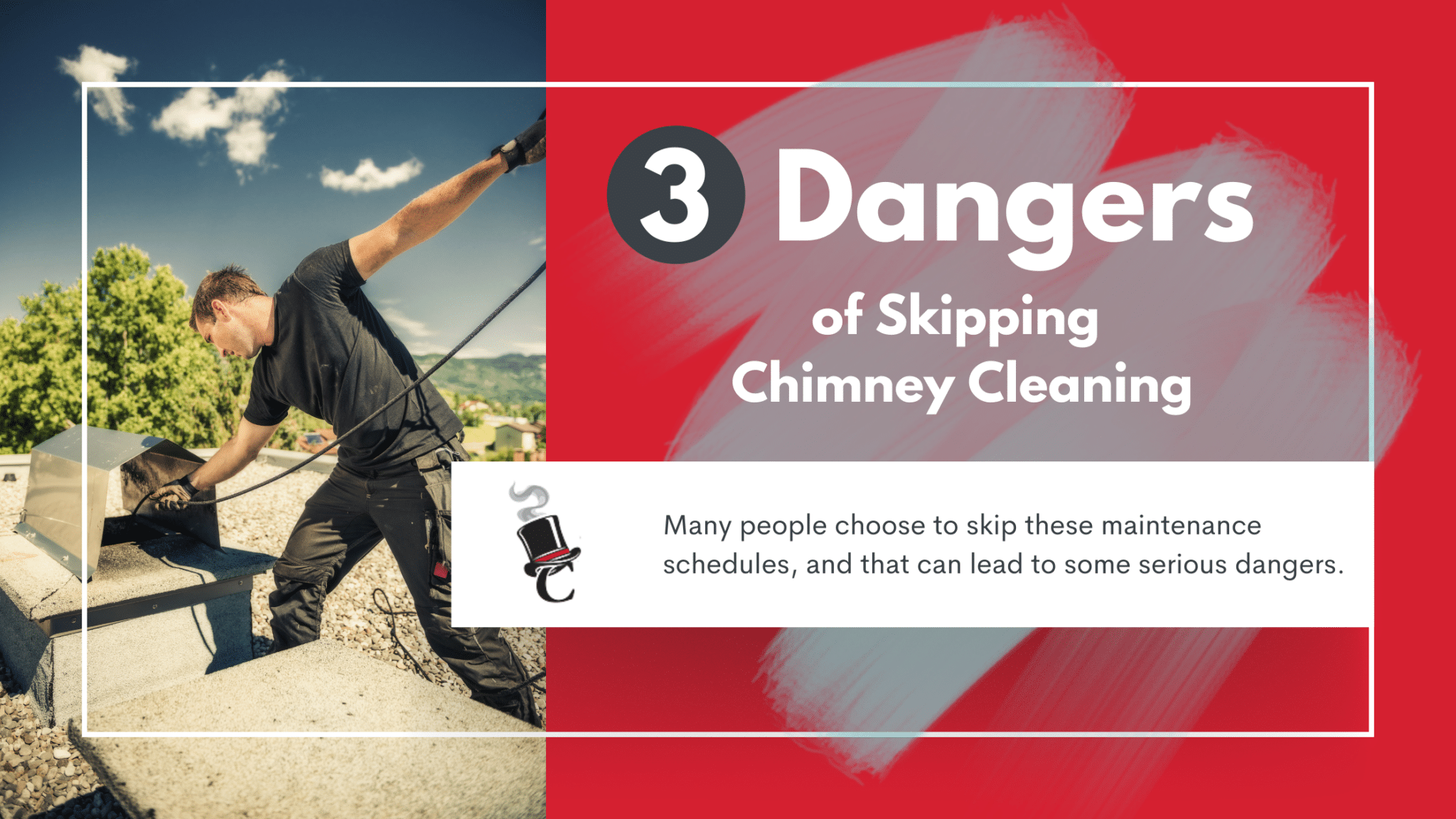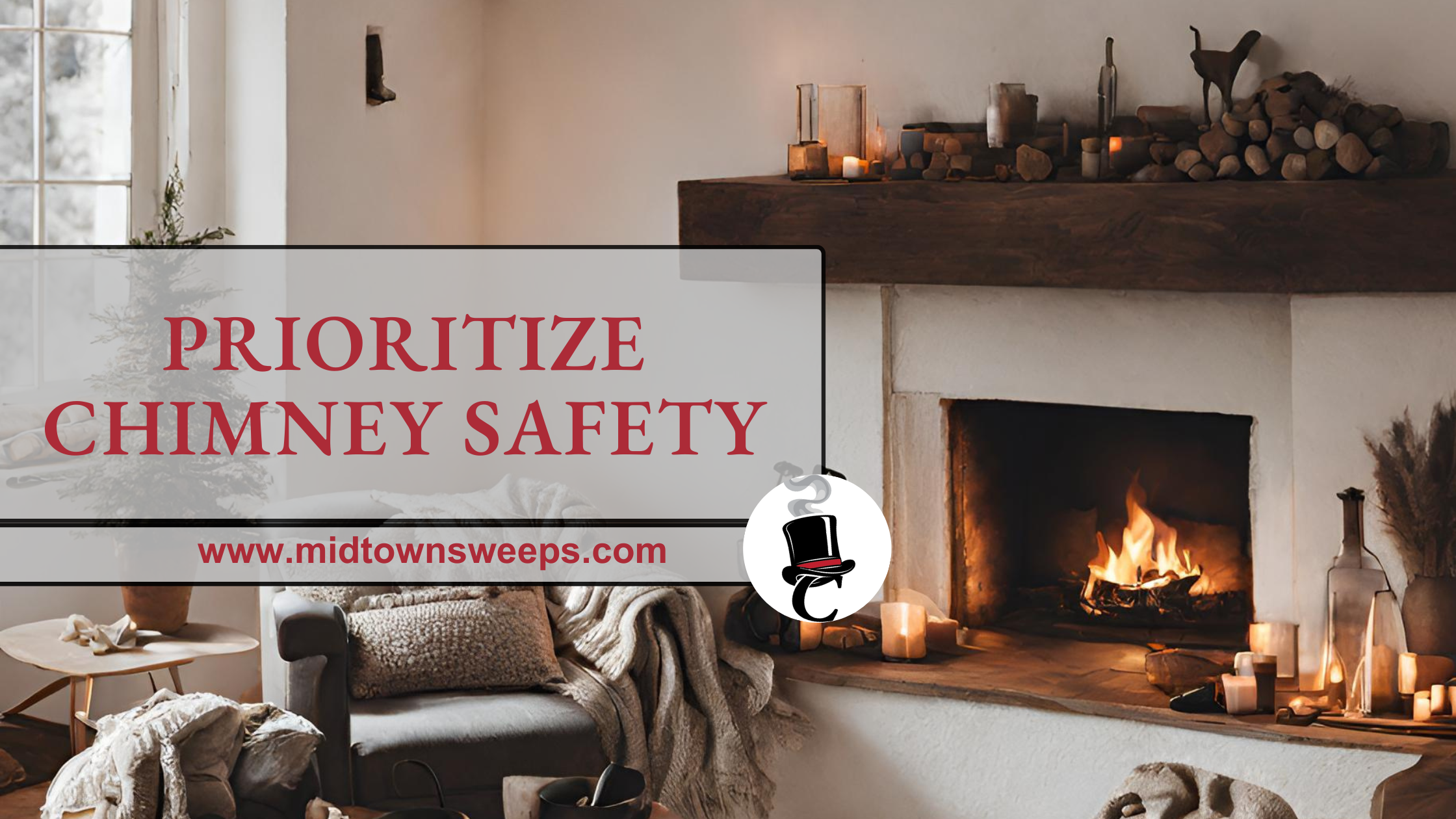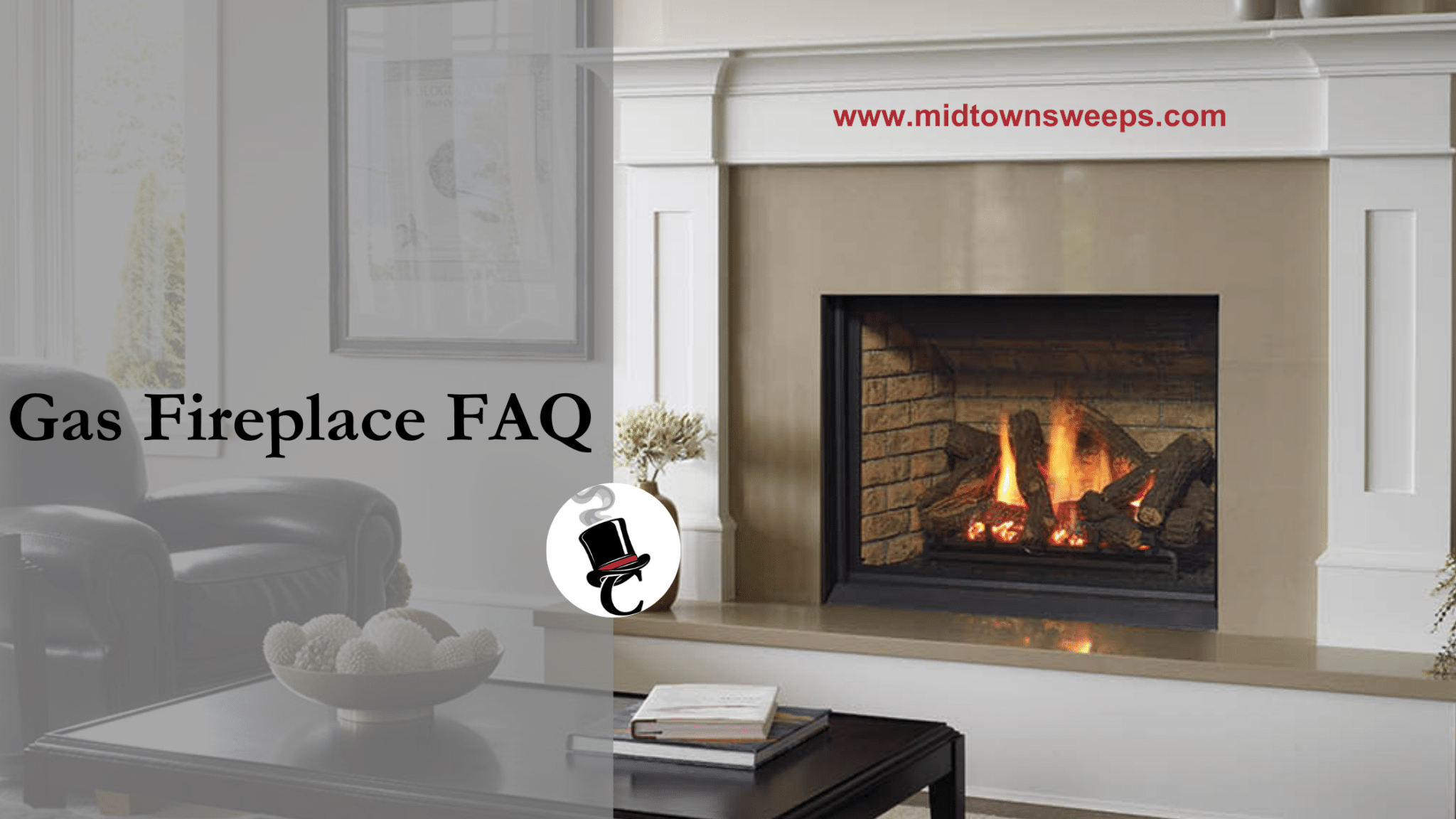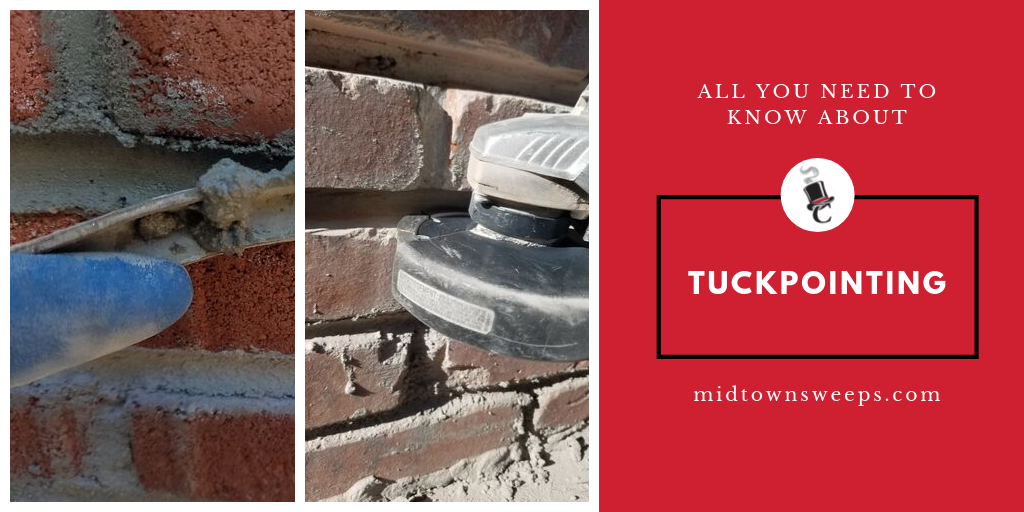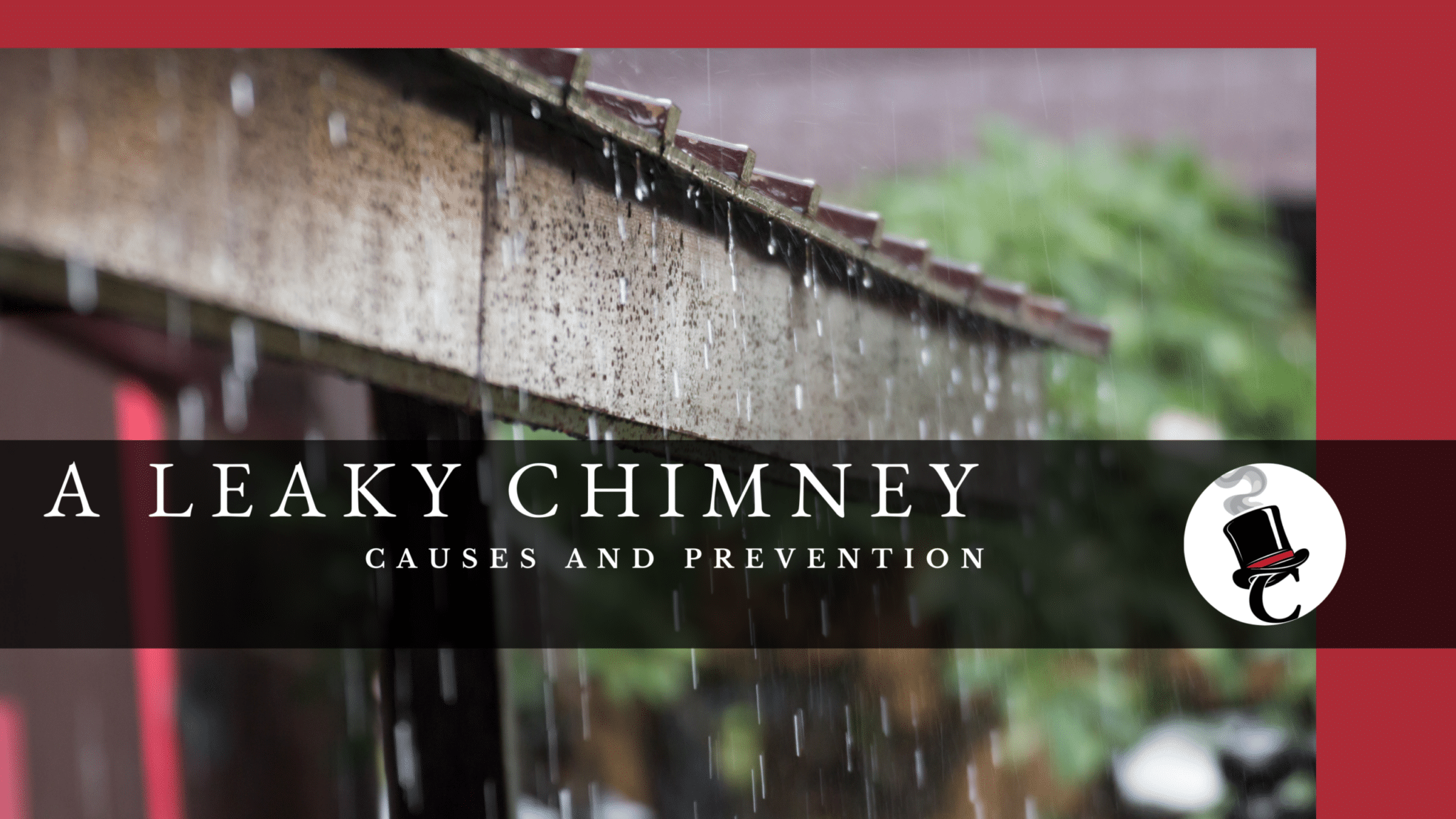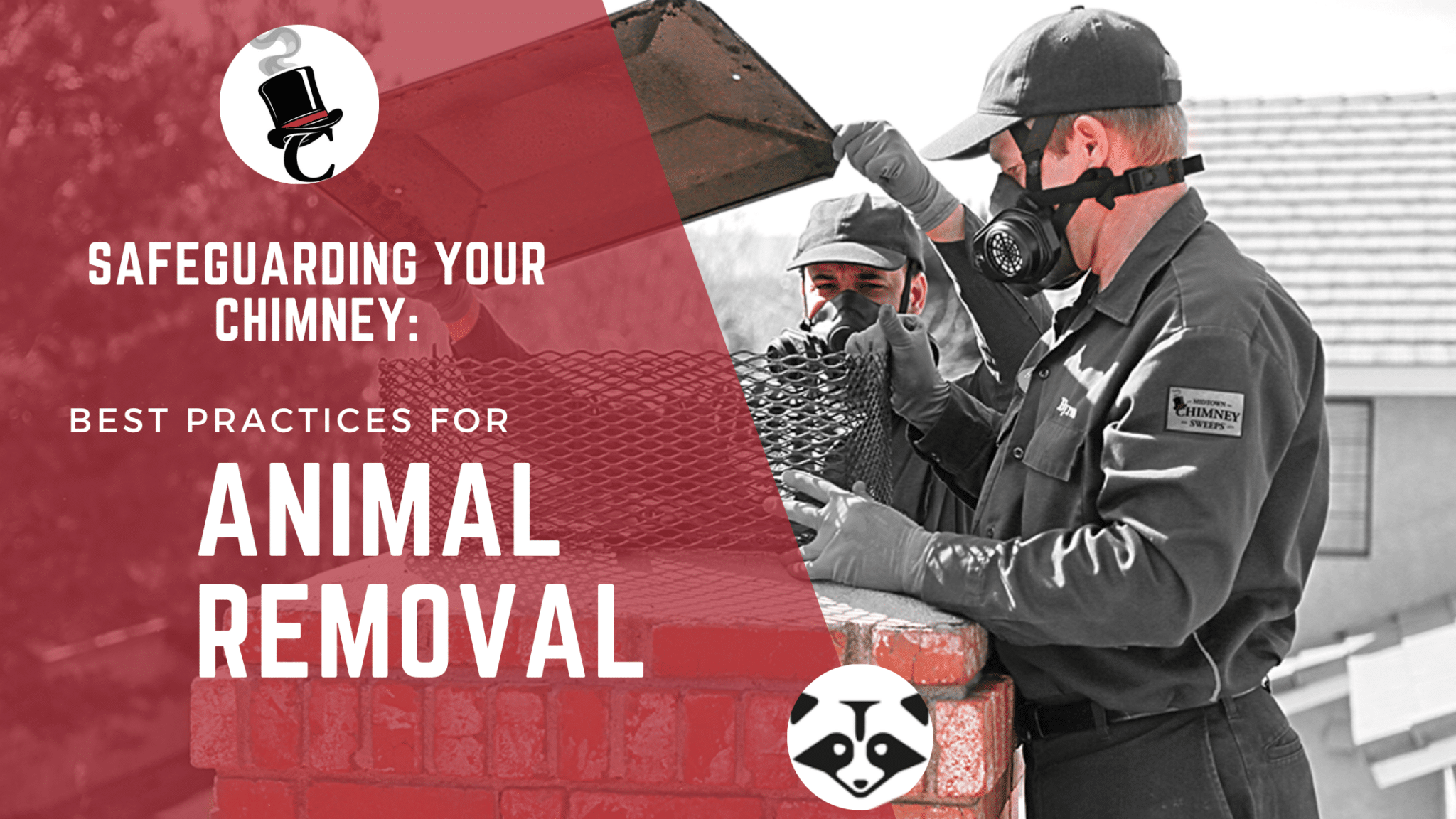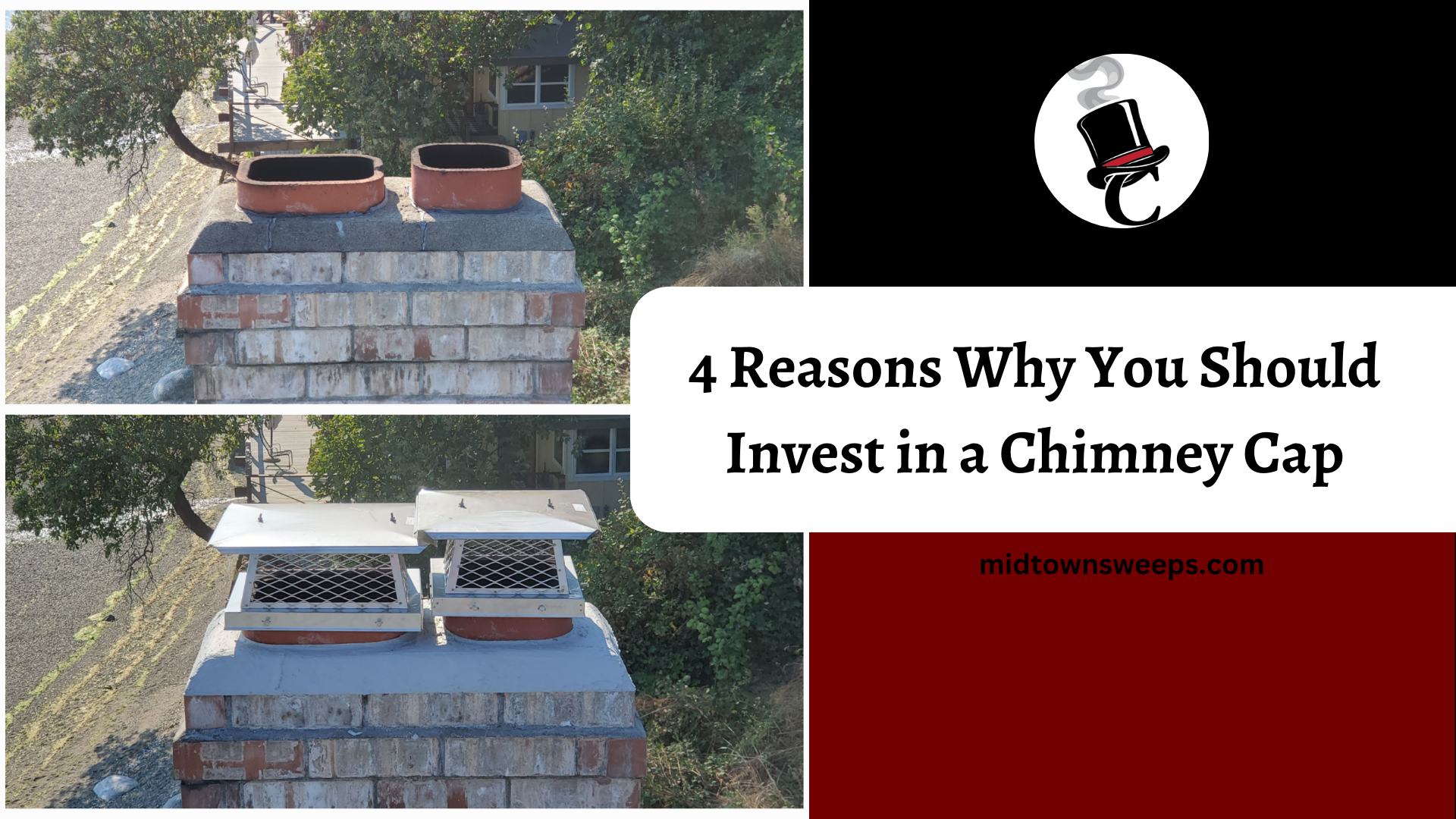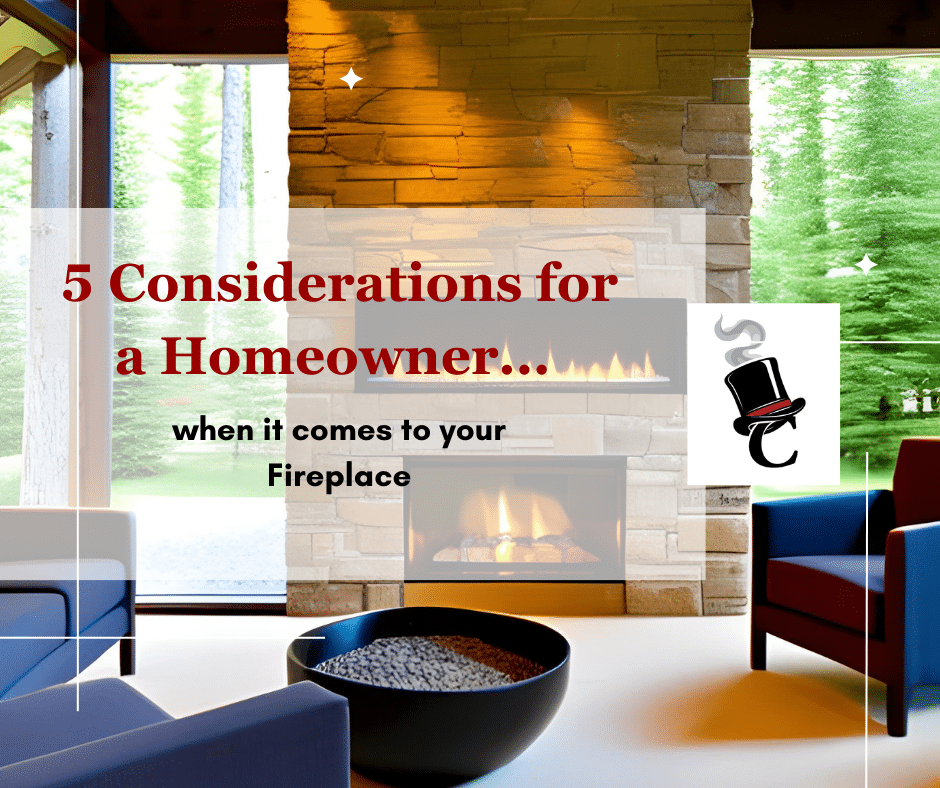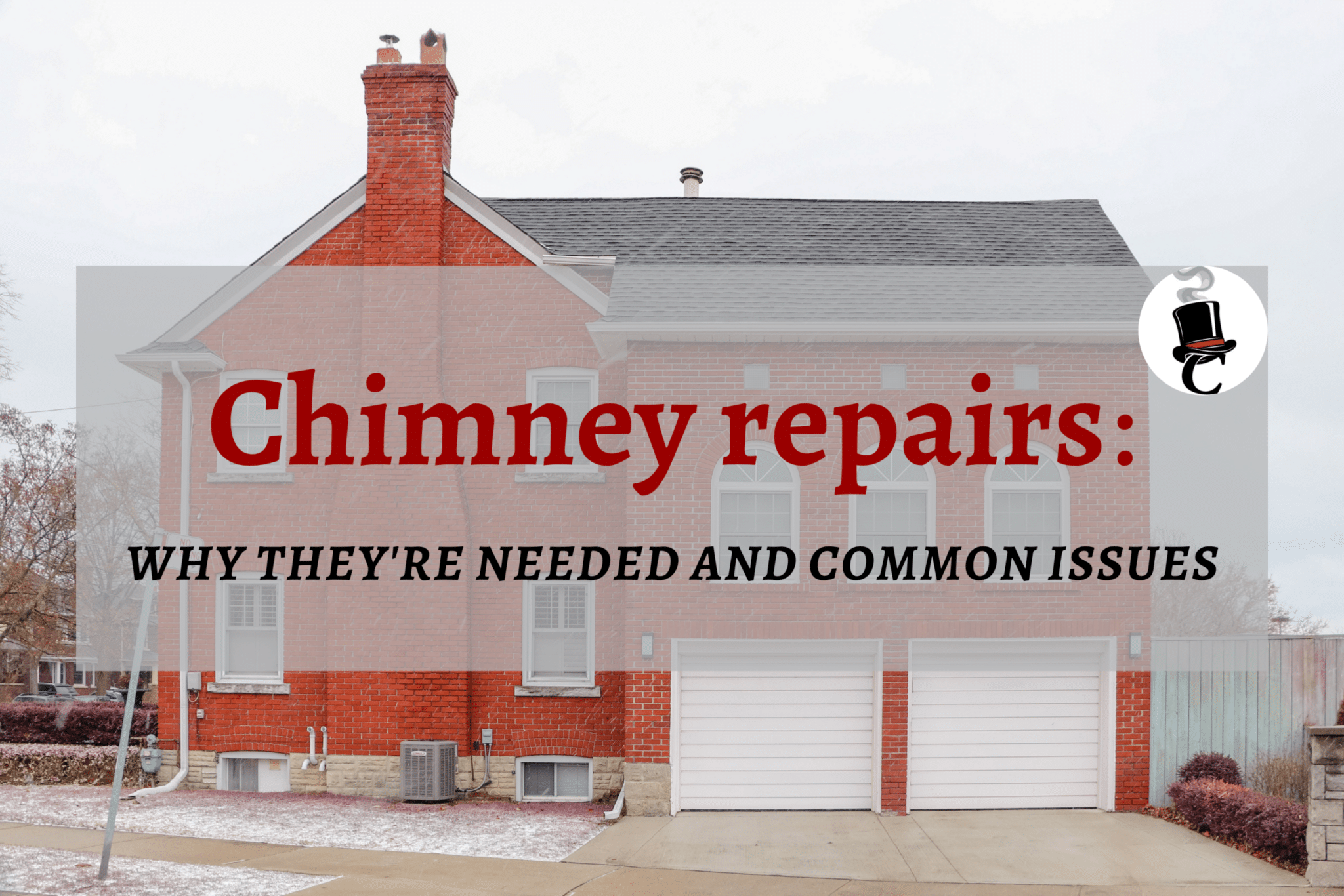There’s nothing cozier, more romantic and even pragmatic than a fire in your wood-burning fireplace. A wood-burning fire smells great, provides all kinds of autumn and winter comfort and ambiance and can even reduce your heating bills.
We can help you make your wood-burning experience even cozier, safer and all-around better. Just follow these eight easy tips.
Use EPA-certified wood stoves and fireplace inserts. Wood stoves and fireplaces don’t have to be certified, so look for the designation before buying. EPA certification is your assurance that the appliance will generate less smoke, require less wood to burn and provide more heat.
Upgrade your existing traditional fireplace with an EPA-certified fireplace insert. Your old-school fireplace is probably constructed of brick or masonry, and those materials were never meant for an efficient burn. The addition of a professionally installed fireplace insert will give you this greater burn efficiency, provide more heat and emit fewer pollutants. Trust us — it’s worth the modest investment.
Add a low emission fireplace or masonry heater. Again, this is an equipment upgrade worth your consideration, especially if you’re not too keen on breathing in potentially dangerous levels of smoke and particulate. This can vastly improve the quality of the winter air you breathe when you have a fireplace fire.
Use only seasoned firewood. This is the fuel that has been given time to more thoroughly dry out. Seasoned wood has less than 20 percent moisture content. That’s opposed to wood that hasn’t been seasoned and might have double that content. Advantages of the drier wood include a more efficient burn with less smoke, so you’ll breathe in fewer pollutants. Less smoke also means less cleanup of fireplace and glass. You can use a moisture meter to determine your wood’s moisture content.
Use a fire starter. A magnesium alloy fire starter and striker provides a hot, persistent flame that will last for as long as 30 seconds. A fire from matches or a lighter, in contrast, might last only a handful of seconds before flickering out. This is important because it gives you more time to introduce kindling and feed the flame.
Build small, hot fires. A small, slow-burning fire will keep you from having to constantly get up to tend the fire and feed it more fuel. That means relaxing longer — and isn’t that why you built the fire in the first place? A hot fire burns more efficiently and does a better job of warming up your surroundings quicker and with less fuel. Use well-seasoned wood in a mix of softwoods and hardwoods, if possible.
Burn manufactured firelogs. You might feel better about your fire if the fuel came from you traipsing through your property with a hatchet. It certainly seems more authentic that way, but the truth is that those manufactured fireplace logs burn cleaner and don’t produce as much particulate or carbon monoxide. And the heat is more even. They’ll burn longer and better than the firewood you might have collected yourself.
Schedule regular maintenance from a chimney sweep. Heavy layers of soot and creosote build-up in your firebox, smoke chamber, damper and other surfaces of your wood-burning fireplace. Over time, this build-up can catch fire your chimney on fire. The flames and heat can cause adjoining walls to catch fire, and then you’re really in trouble. The muck can also clog your chimney and cause your fireplace fire to burn inefficiently. Your chimney needs periodic cleaning even if you don’t use it much, so be sure to have your local chimney sweep on speed dial.
